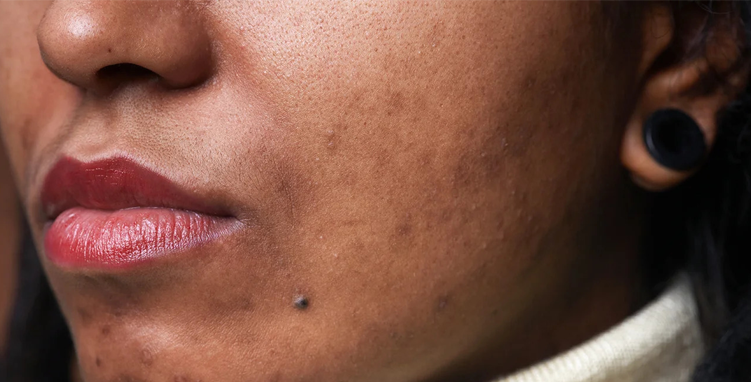Pigment removal

Freckles, age spots, liver spots and sun damage are the main examples of benign pigmentation shifts that can be removed with the Q-switched laser.
The treatment
During the treatment, the laser is applied directly to the location. The surrounding skin is not affected by this technique. The designated spot contains more melanin and is therefore immediately recognized by the laser. After the treatment, the treated spot is white in color, this is due to the heat of the laser. This will later turn red and may be swollen. There is always a little cooling afterwards with an ice pack. The pigmentation will darken within a few days and a crust will appear after a few days. This should heal and fall out on its own, so don’t scratch!
The results
On average, the pigment spot needs several treatments (2-6), some superficial freckles could give results after even 1 time. There is a varied period between each treatment. After the first treatment, we advise you to make a follow-up appointment after 2 weeks. In this way we can assess whether it is already time to start a follow-up treatment.
Does the treatment hurt?
The treatment is very fast per pigment spot and is therefore not described as painful by most people. However, heat is released by the laser, which could cause an unpleasant feeling for a temporary period. We can always add some Emla and local coolingto limit this feeling.
Skin cancer
The doctor at BLT always assesses the pigmentation spots himself and when in doubt you will always be referred to a dermatologist for further evaluations. If the “suspicious” spot does not appear to be malignant, it can be further treated with laser therapy. Even some benign skin lesions are treated with lasers.
There is always a misconception that lasers can also cause cancer, but that is not true. Harmful light effects are usually caused by exposure to UV-A and B rays. Because of this, it is also important to limit exposure to the sun and to use a good sunscreen.



